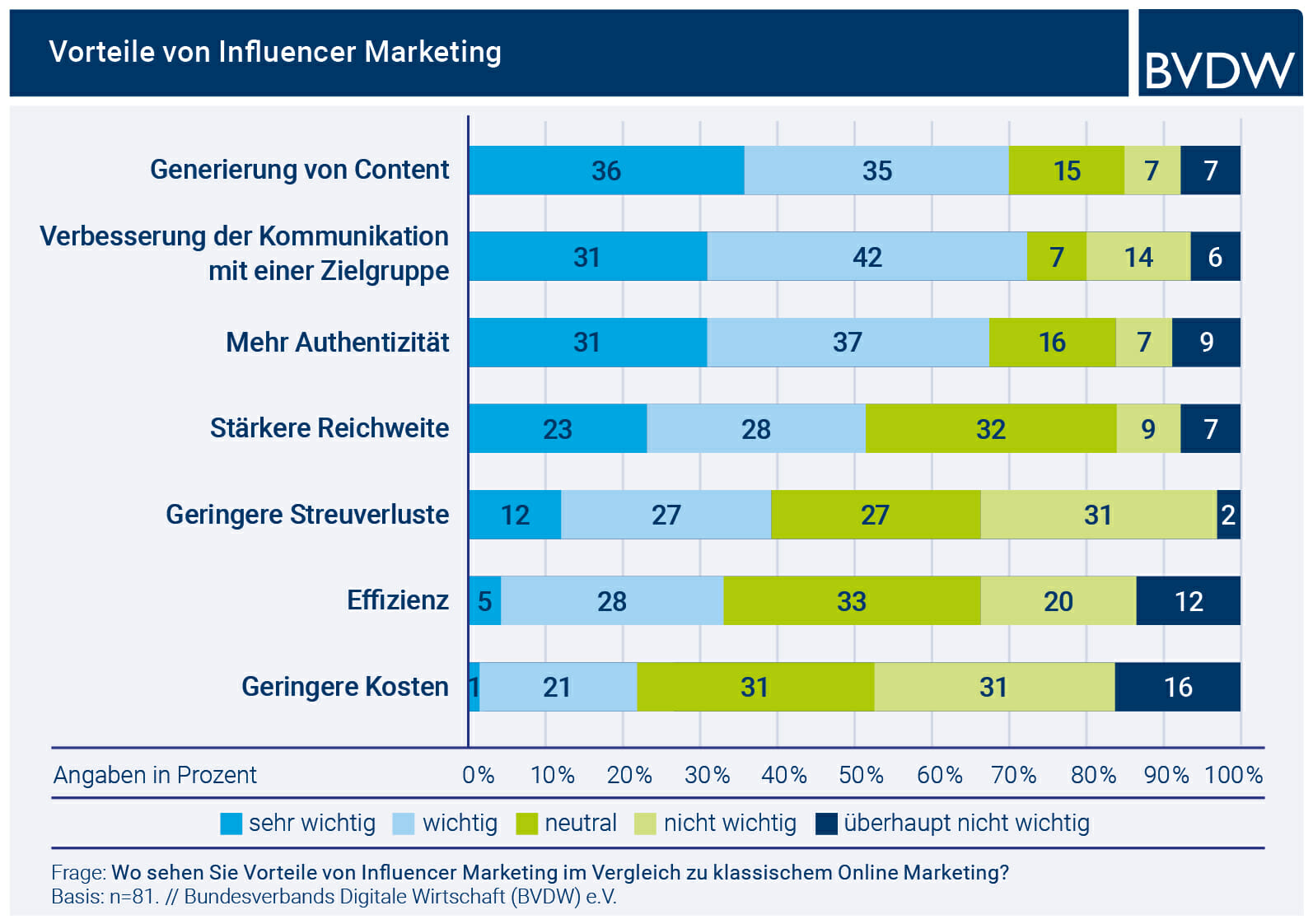 Investing in ecommerce has become a top priority for brands, with 94% of executives planning to maintain or increase their investment in this area over the next six to 12 months. But what exactly does investment in ecommerce entail? According to a recent survey by Pattern, there are several key areas that brands are focusing on.
Investing in ecommerce has become a top priority for brands, with 94% of executives planning to maintain or increase their investment in this area over the next six to 12 months. But what exactly does investment in ecommerce entail? According to a recent survey by Pattern, there are several key areas that brands are focusing on.
One of the top priorities for brands is investing in product imagery, video, and copy for online listings. Companies that invest in best practices for images, video, and product listing copy often see significant improvements in performance. Shopping channels now require more robust data from brands and retailers to create better product listings, making investment in this area a must.
When it comes to product images, they play a crucial role in creating high-performing listings. Brands should provide high-resolution images that enable zoom functionality on marketplaces like Amazon and Walmart. Lifestyle images that tell a story or show the product in use, as well as infographics highlighting unique selling points, should also be included.
Video content is another area where brands are increasing their investment. Consumer engagement with video content has greatly increased, especially for short-form videos that have become popular on social platforms. Short-form videos are the most engaging type of content, according to a Sprout Social report. Consumers also prefer watching short-form videos when learning about a product or service, according to a Wyzowl survey.
Copy is another important aspect of product listings. Product titles should contain keywords to ensure the right listings appear for specific product searches. Product descriptions are also crucial and may take effort to optimize. However, accurate product descriptions influence more than 45% of global shoppers when shopping online, according to a VML study.
In addition to investing in product imagery, video, and copy, brands are also increasing their investment in influencer marketing. Social commerce channels heavily rely on social tools like tagging posts, creating new posts consistently, and promoting through influencers. Working with influencers can increase brand awareness, customer engagement, and orders on social commerce channels like Facebook, Instagram, and TikTok.
Despite the growing importance of ecommerce, there are still some obstacles preventing brands from achieving scalable growth. One of the biggest obstacles is order and inventory management. Rising shipping costs and an inability to maintain inventory levels impede growth for one in three brand leaders. To address this, businesses can streamline key processes like inventory management and order routing. Feed management platforms can automate order synchronization and data translation across multiple channels, ensuring accurate inventory levels and available orders.
Unauthorized sellers and distributors are another challenge for brands. One-quarter of brand leaders struggle to control unauthorized sellers and distributors. Registering trademarks with online marketplaces can give brands more control over product listings that feature their products.
Integrating with new channels is also a struggle for some brands. The cost of creating and maintaining integrations with new channels can be prohibitive. To overcome this, brands can integrate with a product feed management platform that has direct connections to multiple channels and dedicated support.
Lack of resources is another obstacle for brands. Half of business leaders feel understaffed to take on additional ecommerce projects, with only two to five people on their teams. Fully managed services can help alleviate this issue, with dedicated teams managing crucial ecommerce processes and providing advice on best practices.
Investing in ecommerce is crucial for brands to stay competitive in today’s digital landscape. By focusing on areas like product imagery, video, copy, influencer marketing, and overcoming obstacles like order and inventory management, unauthorized sellers, integrating with new channels, and lack of resources, brands can maximize their ecommerce investment and achieve scalable growth.
